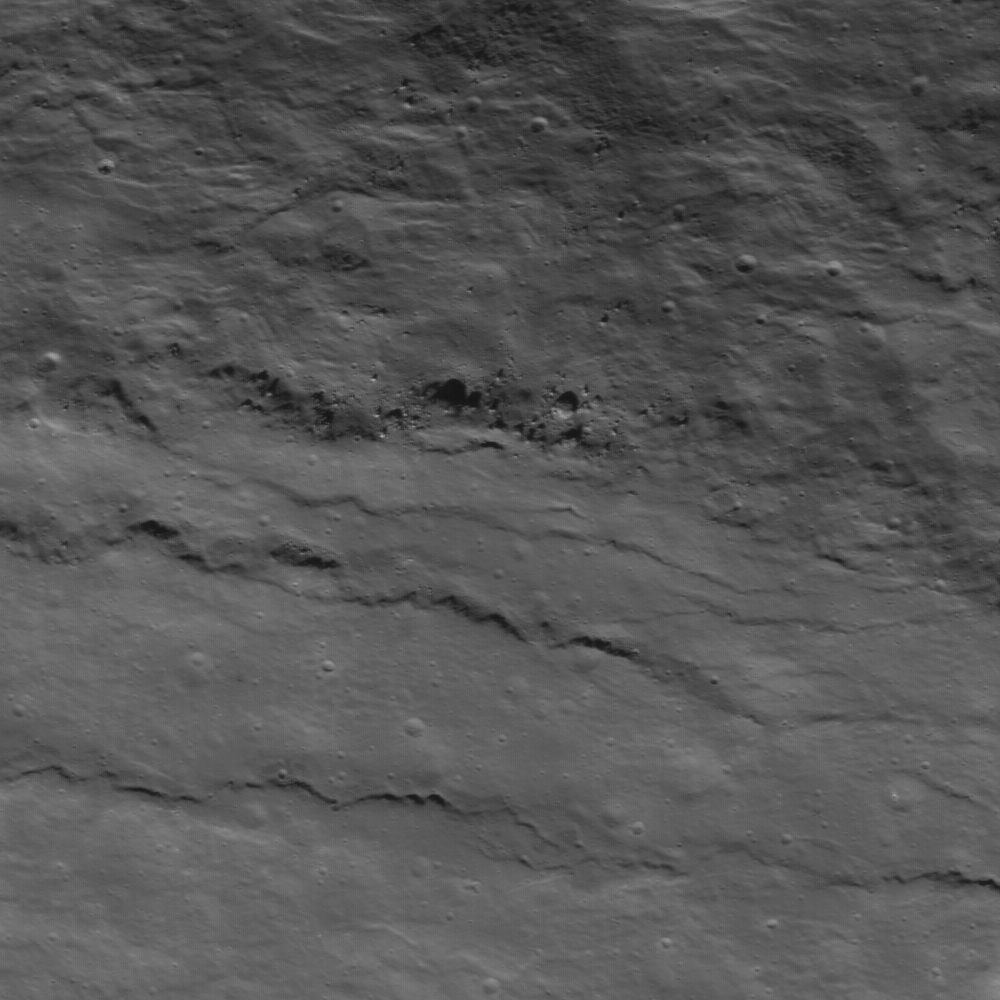
The distinctive wave-like texture may look a little bit like a terrestrial beach, but it's actually impact ejecta on the rim of the crater Slipher S (26 km diameter), which is located on the lunar farside at the edge of the larger and older crater Slipher. Notice that there are only a few small craters dotting the surface, and so the rim is well preserved. To a lunar geologist, the lack of impact degradation on a surface like this one indicates a (relatively) young age, and in fact this crater is currently mapped as an Eratosthenian-aged crater. You are actually looking at some of the deepest materials excavated by this crater. When impact craters form, the rocks excavated from the deepest parts of the crater actually fall near the rim. In effect nature is providing a drill hole to the subsurface bringing deep rocks right to the surface. Sending future human lunar explorers to document and sample the materials found on the rims of fresh craters (like this one) will provide key insights into the stratigraphy and geology of the lunar crust.
Uncalibrated NAC data, North is up. Browse the whole NAC Image!
Published by Samuel Lawrence on 16 October 2009